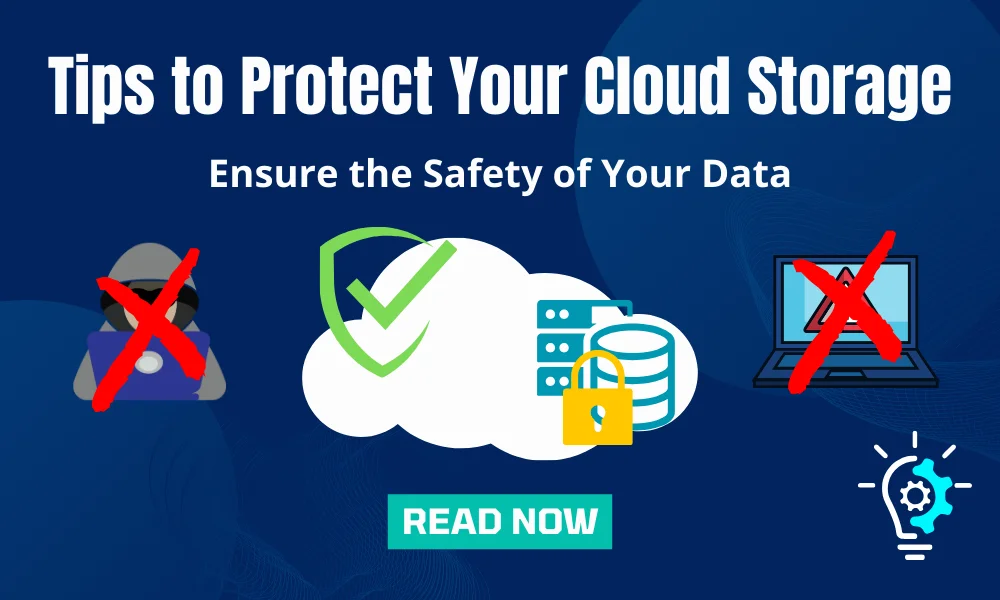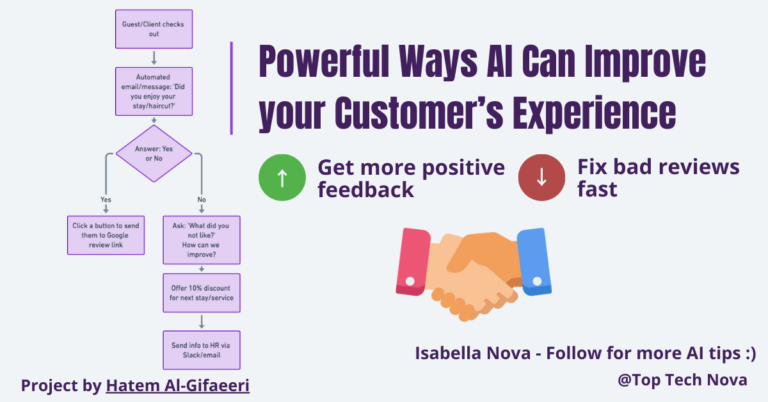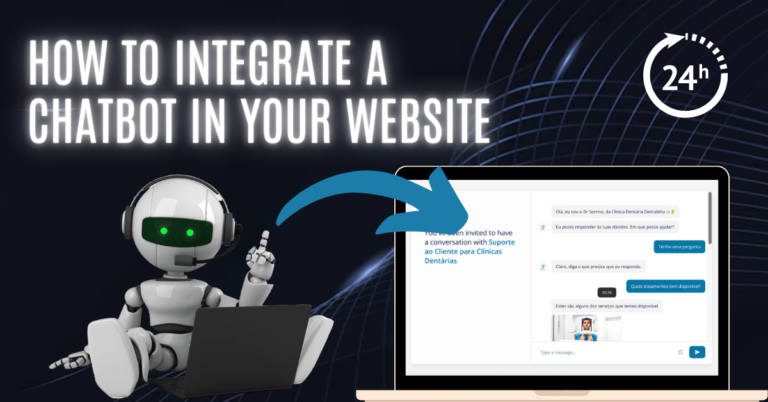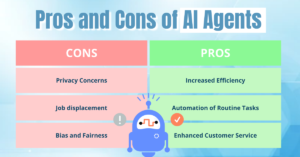Introduction
Are you looking to protect your cloud storage security?
In this complete, yet easy guide, you’ll learn how to protect your cloud storage and keep your data safe and sound.
From choosing trusted providers to implementing encryption and monitoring account activity, we cover everything you need to know to safeguard your valuable data and ensure peace of mind.
Join us as we explore the essential steps to protect your cloud storage security and mitigate potential risks. Remember, prevention is better than cure.
Table of Contents
Choose Strong Passwords
Choosing strong passwords is crucial for securing your cloud storage accounts and safeguarding your valuable data.
They are like a barrier that prevents intruders from gaining entry to your cloud storage accounts and potentially compromising your personal or business information. Strong and unique passwords make it significantly more challenging for attackers to guess or crack them, which protects your cloud storage security.
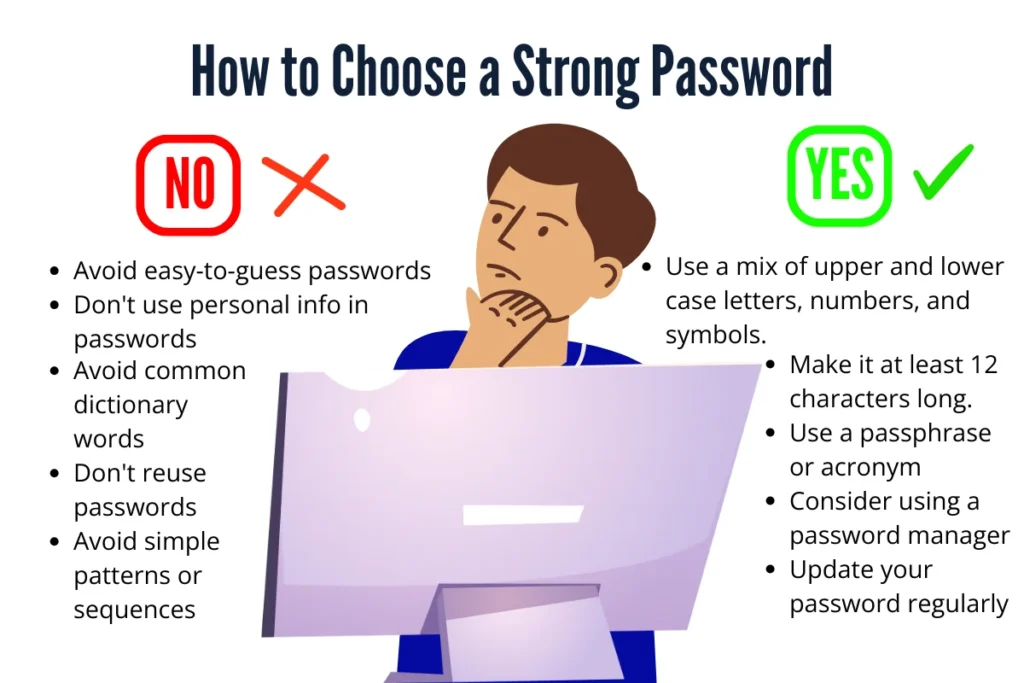
Here are key things to consider when choosing a password for your cloud storage:
- Use a combination of uppercase and lowercase letters, numbers, and symbols.
- Avoid using easily guessable information like birthdays, names, or common phrases.
- Create unique passwords for each account to prevent multiple accounts from being compromised in a single breach.
- Regularly update passwords to reduce the risk of unauthorized access.
- Consider using a reputable password manager to generate, store, and manage passwords securely.
Enable Two-Factor Authentication (2FA) for Added Security
Enabling Two-Factor Authentication (2FA) adds extra security to protect your cloud storage. It means you need to give two types of verification before getting into your account. This could be something like a password (something you know) and a code from your phone (something you have). It makes it much harder for someone to get into your account, even if they know your password. To turn on 2FA, go to your account settings and follow the instructions. Once it’s on, you’ll need to provide both your password and the extra code from your device when you log in, making your account safer and protecting your data.
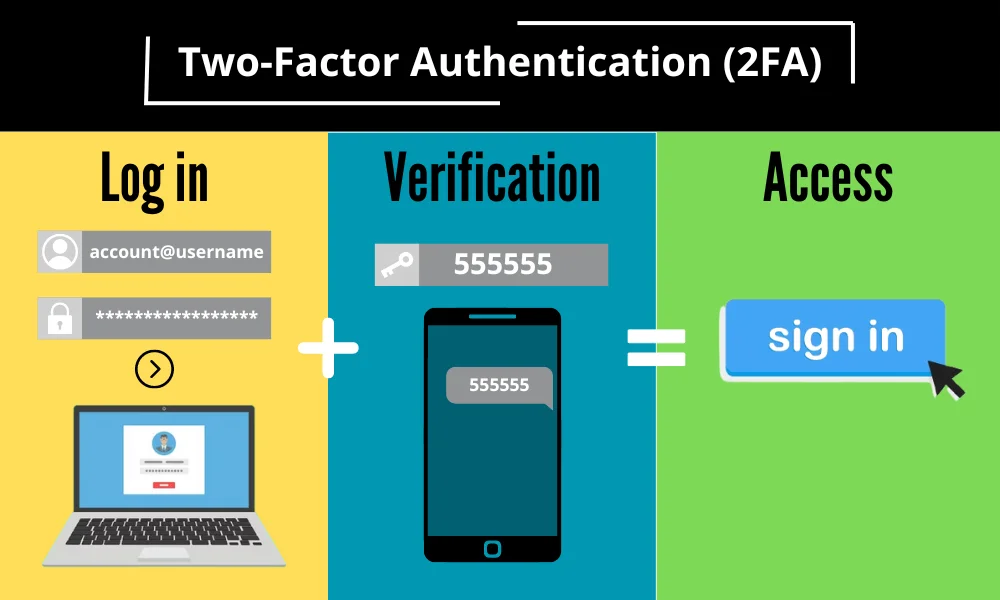
Regularly Update Your Software
Regularly updating your software is essential for keeping your cloud storage secure. It’s like locking your doors to keep burglars out.
By updating your software, you’re fixing any holes that hackers might use to sneak into your system and steal your important files.
Here’s a list of tips to update your cloud storage software more efficiently:
- Enable automatic updates whenever possible to ensure critical security patches are installed promptly.
- Regularly check for updates manually, especially for apps and systems that don’t support automatic updates.
- Stay vigilant about installing updates as soon as they become available to minimize the risk of cyberattacks.
- Treat software updates as a priority task, just like locking your doors every night.
- Don’t ignore update notifications—address them promptly to keep your cloud storage safe.
- Consider setting reminders to check for updates regularly, ensuring your software is always up-to-date.
Encrypt Your Data
Encryption serves as a vital shield for your data, transforming it into a format that is unreadable to anyone without the decryption key. This security measure is particularly important when uploading sensitive information to the cloud, as it ensures that your data remains confidential, even if intercepted. There are two main methods to encrypt your data:
Choosing a Cloud Storage Offer with Zero-Knowledge End-to-End Encryption:
When selecting a cloud storage provider, opt for services that offer end-to-end encryption and zero-knowledge architecture, like Sync.com or pCloud.
End-to-end encryption ensures that only the sender and receiver can read files by encrypting data from the sender’s device to the recipient’s. It blocks service providers from accessing the content.
Zero-knowledge encryption adds another layer by ensuring the service provider doesn’t even have the keys to decrypt files, either. This means data is encrypted and decrypted locally without any third-party involvement, offering a higher level of privacy and security.
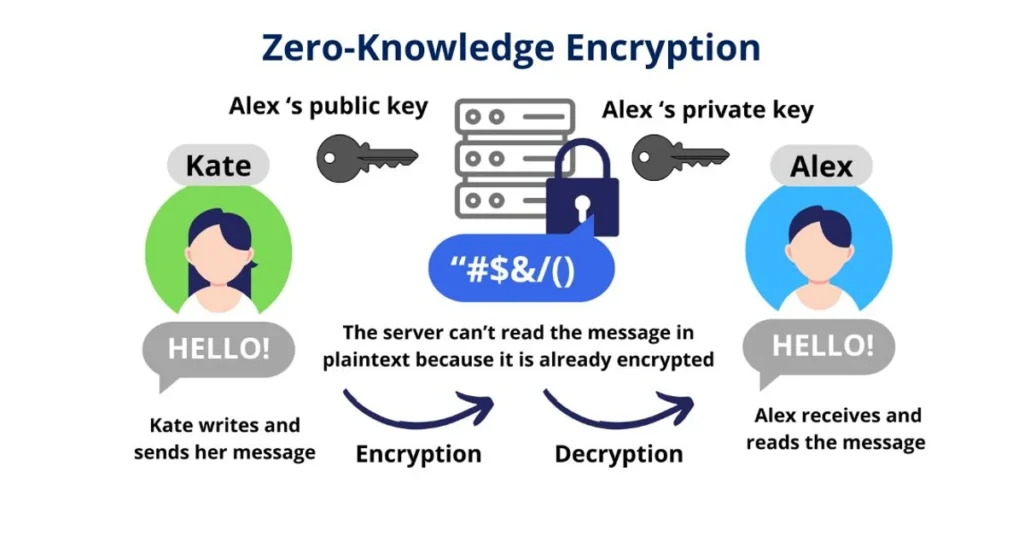
These features ensure that you are the only one with access to your data. Even the storage provider can’t peek inside.
You can check a list of the best zero-knowledge cloud storage providers.
Adding External Encryption Layers:
In addition to choosing a secure cloud storage provider, consider adding extra layers of encryption for added protection. You can use third-party encryption tools to encrypt your files before uploading them to the cloud. This double-encryption approach adds another level of security, making it even more challenging for potential attackers to access your sensitive data.
You can discover here how to encrypt your files before uploading them to a cloud storage service.
Be Mindful of Sharing Permissions to Safeguard Cloud Storage Security
When you share files online, it’s important to be careful about who can see them, to keep them safe. Understand the different levels of access and only give it to people who need it. Use extra security features like passwords for shared links and educate your collaborators about security practices. By setting secure sharing permissions and promoting security awareness among your collaborators, you can maintain the integrity of your cloud storage and keep it safe from intruders.
Backup Your Data
Keeping your cloud storage safe means backing up your data to protect important files from accidents or cyber threats. Choose trusted cloud storage providers with automatic backups and strong encryption. Set a regular backup schedule and test it sometimes to make sure your data stays safe. Teach others why backing up data matters so they can help too. With good backup habits, you can keep your data safe and avoid losing it in the cloud.
In my experience, you can use the 3-2-1 backup data storage rule.
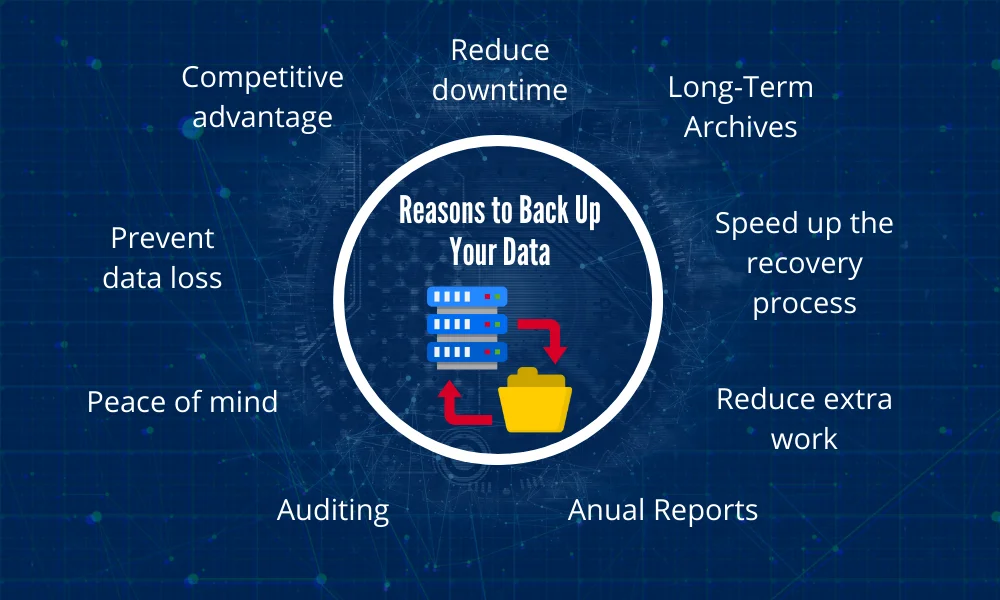
Monitor Account Activity
Regularly monitoring your cloud storage account activity is also important to maintain security and the early detection of unauthorized access or suspicious behavior.
By remaining vigilant, you can quickly identify potential threats like unauthorized logins or unusual file access patterns, to take immediate action to safeguard your data and privacy.
Monitoring give you visibility into who accesses your storage, their activity timing, and which actions were taken. This gives you the power to response to security incidents and prevent potential data breaches.
How to Monitor Account Activity:
- Enable Activity Logs: Utilize activity logs or audit trails provided by your cloud storage provider to track user actions and access events, including logins, file activities, sharing actions, and account setting changes.
- Review Activity Reports: Regularly check activity reports to monitor account usage and detect any abnormal or unauthorized activities. Pay attention to unfamiliar login attempts, unexpected file access patterns, or changes to account permissions.
- Set Up Alerts and Notifications: Configure alerts for critical account events such as new device logins or suspicious login attempts. Receive real-time alerts via email or mobile notifications to stay informed about potential security incidents and take immediate action.
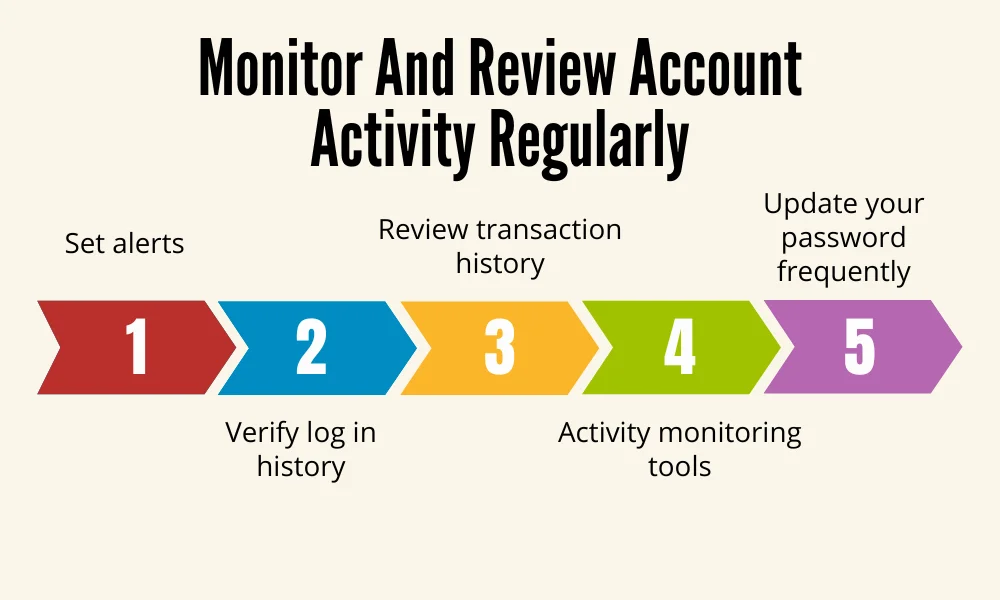
Educate Yourself and Others
Educating yourself and others about cloud storage security is essential for safeguarding your data and privacy. By staying informed about best practices, security threats, and potential risks associated with cloud storage, you can make informed decisions to enhance your security posture. Additionally, educating others, such as colleagues or family members, about the importance of strong passwords, safe sharing practices, and recognizing phishing attempts can help create a culture of security awareness and promote safer usage of cloud storage services.

Use Trusted Providers
Using trusted providers for your cloud storage needs is vital for ensuring the security and reliability of your data storage solution. Trusted providers must adhere to strict security standards and implement robust encryption measures to protect your files from unauthorized access and cyber threats. When choosing a cloud storage provider, look for reputable companies with a proven track record of reliability and security. By opting for trusted providers, you can have peace of mind knowing that your data is in safe hands.
Examples Of Trusted Cloud Storage Providers:
- Sync.com: Known for its focus on security and privacy, Sync.com offers end-to-end encryption and zero-knowledge architecture to ensure maximum protection for your data.
- Dropbox: A widely recognized cloud storage provider, Dropbox offers secure file storage and sharing solutions, with advanced security features such as two-factor authentication and file recovery options.
- Google Drive: Google Drive provides seamless integration with other Google services and offers robust security features, including encryption in transit and at rest.
- Microsoft OneDrive: Part of the Microsoft 365 suite, OneDrive offers secure file storage and synchronization across devices, with encryption and compliance features for businesses.
- Apple iCloud: iCloud provides seamless integration with Apple devices and offers encrypted storage for files, photos, and backups.
- Amazon Drive: Amazon Drive offers secure storage solutions with scalable options and integrated features for Prime members.
If you’re interested in Sync.com or Dropbox, I highly recommend you to check our Dropbox vs Sync.com Comparison Guide.
Conclusion – How to Protect Your Cloud Storage Security
In conclusion, to protect your cloud storage security you must follow the best practices and choose reputable providers. This way you can mitigate security risks and ensure the integrity, safety and security of your files. Always remember to:
- Use strong passwords and enable two-factor authentication to secure your account access.
- Regularly update your software and enable automatic updates to patch vulnerabilities.
- Encrypt your data before uploading it to the cloud and utilize trusted providers with advanced security features.
- Be mindful of sharing permissions and monitor account activity for any suspicious behavior.
- Backup your data regularly to prevent loss in case of accidental deletion or data corruption.
- Educate yourself and others about cloud storage security best practices to promote a culture of security awareness.


